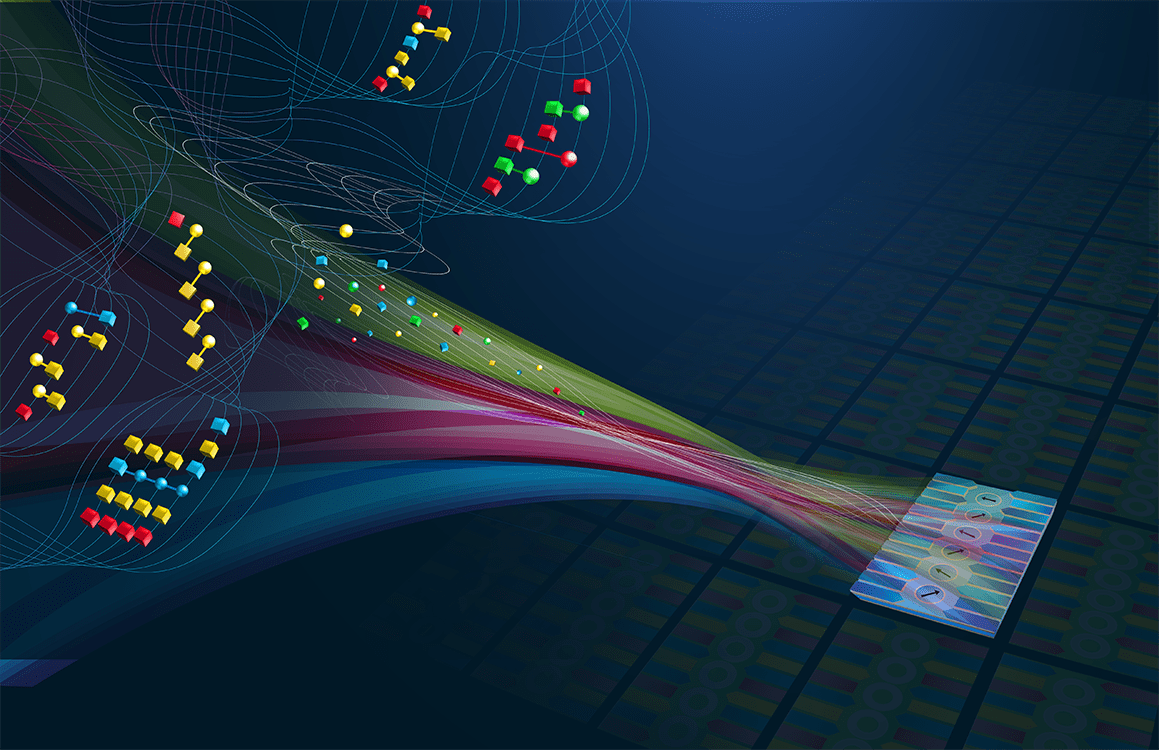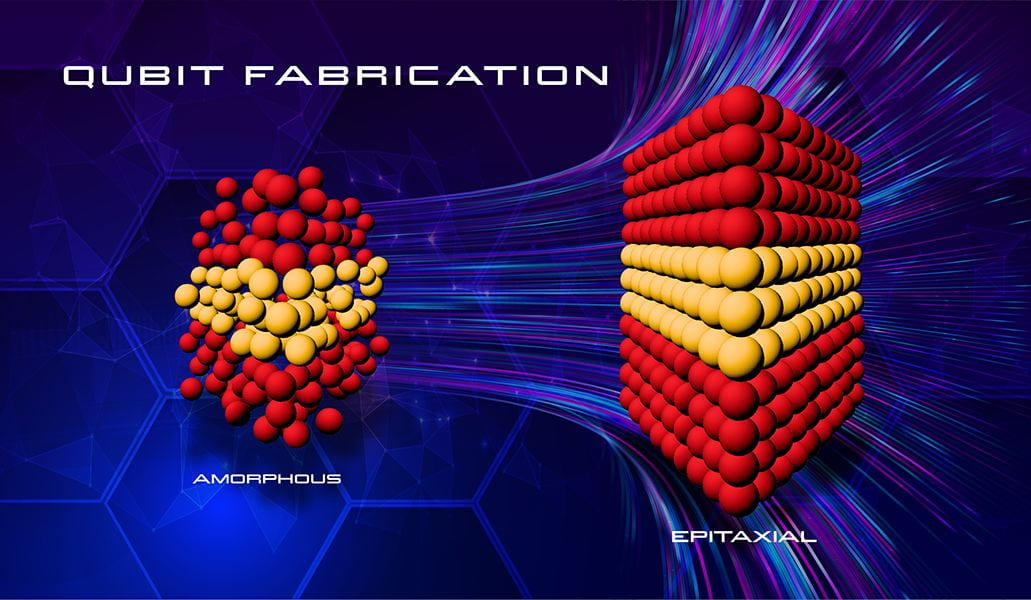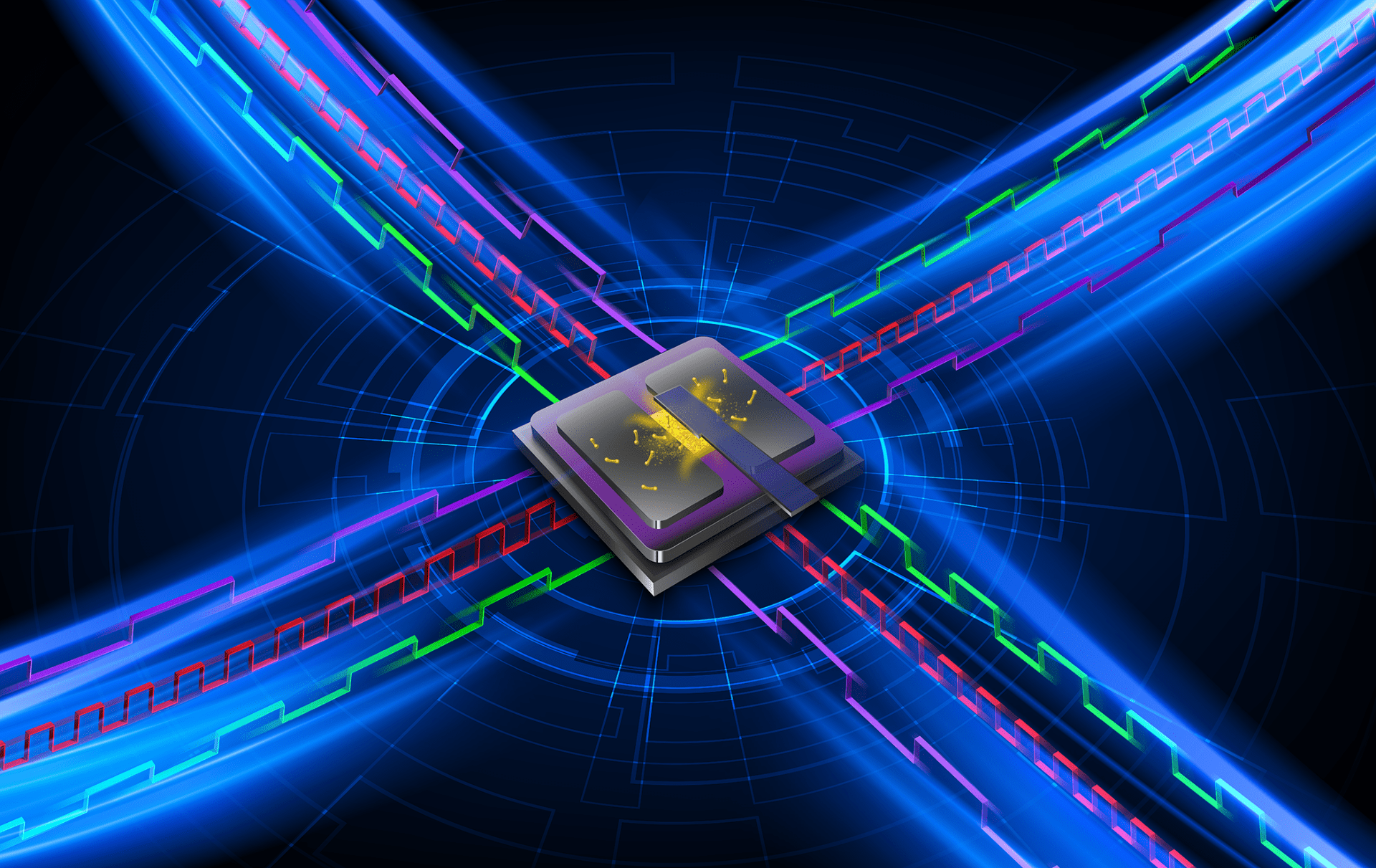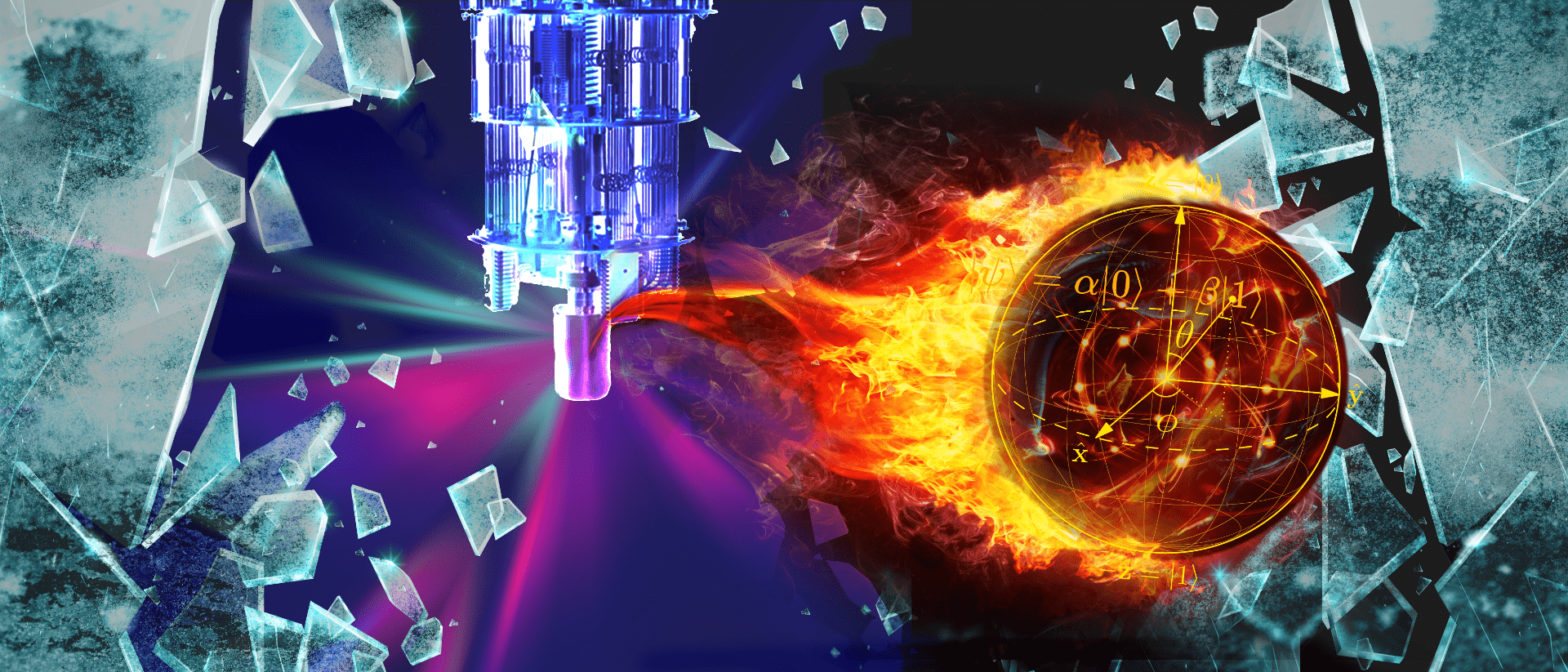ARO/LQC Broad Agency Announcement
The LQC BAA offers a means to establish collaborative agreements with LPS to conduct original research together.
Find the ARO/LPS LQC BAA here
Also see How the LQC Works and for FAQ (Please send your questions to: usarmy.rtp.devcom-arl.mesg.qcbox@mail.mil)
LQC Research Thrusts
The following research areas are a priority and considered ripe for one of the collaborative research avenues described in this section. Other related topic areas of similar scope may also be considered.

1. Spin qubits, fast.
This research area is interested in democratizing spin qubits. Working spin qubits are hard to fabricate and require significant infrastructure and workforce investments. New materials heterostructures and device fabrication techniques can take decades to master. Viable pathways to address difficult materials science challenges without starting from scratch have great potential to improve access to the field. Another roadblock is software and control engineering. Dots require many control lines and control signals. Any reduction in control complexity either by simplifying control systems and/or better qubit design would open many research avenues. Specifically, research proposals are sought that innovatively advance easier methods to characterize and explore the physics of multi-dot systems, ideally in more than one material. The goal is a potential reference system (control hardware, software, and environment) to initialize, control, and readout systems of approximately 10 quantum dots, but with sufficient flexibility to apply to a variety of semiconductor quantum dot qubit and gate approaches. Of particular interest are systems for electrons in silicon and holes in germanium. Proposers should consider the following questions in formulating their research proposal. Can the initial evaluation of materials be completed faster before investing heavily in device fabrication? Can a common infrastructure be constructed that would open the field to new researchers interested in qubit measurement and control, but not fabrication and/or growth? Can the control stack be standardized to enable small quantum dot systems to be controlled quickly?

2. More epitaxy, better qubits?
Materials science for quantum computing has largely focused on a basic assumption: that epitaxial devices are better for quantum computing. Are these assumptions that are valid for conventional devices also valid for quantum information devices? How can the positive or negative implications of various epitaxial (or epitaxial-like) growth paradigms be rapidly determined through device modeling, through device testing, and through material characterization? What are the most promising materials for epitaxial qubits? Which qubit systems can benefit from epitaxial materials and/or does epitaxy enable novel qubit approaches? Improvements in computational methods and understanding of surfaces/interfaces at the microscopic level that will enable these assessments are needed and are of interest to this research area.

3. Voltage controllable superconducting qubits
This research area is interested in exploring compatibility of superconducting devices that are controllable by baseband voltage pulses. Design and qubit quality implications are of particular interest, as well as compatibility with existing wafer growth facilities at LPS and LQC partners. Further, understanding the fundamental limits of charge noise in superconducting systems is a long-term and presently under-investigated challenge.


4. Going Hot and not Looking Back
Significant improvements in cooling power and complexity can be gained if qubits did not need to be cooled as much as technically possible using dilution refrigerators. This research area would consider designing qubits and multiple qubit experiments to operate in the range of 350 mK to 2 K. For solid-state, gate-based quantum computing, what experimental systems are most promising and empowered by this capability? What physical systems can be employed as qubits that would be promising in this temperature range? What temperature within this range would be desirable and matched for available refrigerators?
5. Beyond Moore, Before Shor
Significant effort has been put into the development of ultra-high-quality or precision-grown materials systems for qubits in the quantum computing research community. Examples include ultra-low-loss silicon-germanium heterostructures, atomistic fabrication techniques, and superconducting circuits for spin and superconducting qubits, respectively. This research area is interested in exploring the potential for these increasingly well-controlled quantum devices and systems for classical computing and enabling device applications such as low-power or ultra-fast computing or electronics and unique approaches to component technology well before the advent of a large-scale quantum computer.

6. Accelerated Learning of Quantum Information Concepts
There is a pressing need in Quantum Information Science & Technology (QIST) for new and broader talent. One innovation may be in developing approaches to teaching QIST concepts at multiple levels of expertise (but especially undergraduate to mid-career) to engineers, computer scientists, and physicists. Research proposals are sought in innovative collaborative learning concepts for quantum information science, to include the methodologies, pedagogy, and essential principles that effectively leverage classroom and laboratory experiences to train a diverse quantum workforce of the future. These projects should focus on methods applicable to higher education for the training and retraining of technical individuals that have a range of experiences and knowledge. Practical implementations coupled with evaluation of efficacy are highly desired. Some examples of research activities may include:
-
-
- Comparison of traditional quantum mechanics and emerging QIST laboratory experiments for educational use.
- Implementation and assessment of approaches that promise “hands-on” experience interacting with qubit systems.
- Evaluation of incorporating available cloud-based quantum computing resources and simulators into higher education curriculum.
- Integrated research and assessment of pedagogical variants implemented among student populations with varied training and experiences.
- Support for faculty sabbaticals to conduct research in quantum computing.
- Building an individual’s “quantum intuition” through non-conventional educational opportunities such as games and novel experiences.
-
